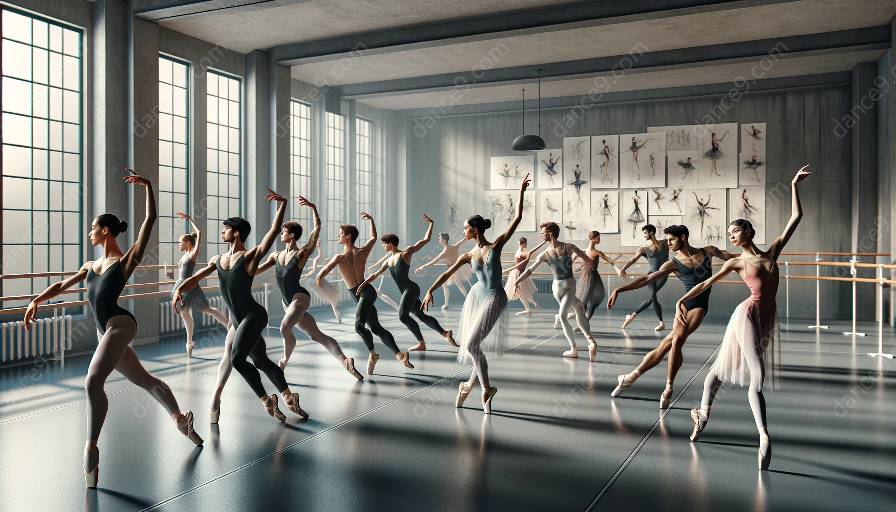Ballet theory encompasses the principles and techniques of this classical dance form, and its evolution over time has greatly influenced choreography and artistic expression in the ballet world. From its traditional roots to contemporary interpretations, the history of ballet theory is a fascinating exploration of artistic innovation and cultural significance. This article delves into the past and present of ballet theory, examining its impact on choreography and artistic expression.
The Historical Foundations of Ballet Theory
Ballet has its origins in the Italian Renaissance courts of the 15th and 16th centuries, where it evolved as a form of court entertainment and expression. The codification of ballet technique and theory began in the late 17th century with the establishment of the Royal Academy of Dance in France under the reign of Louis XIV. This marked the formalization of ballet as a disciplined art form, laying the groundwork for the development of ballet theory.
The teachings of influential ballet masters such as Jean-Georges Noverre and Marius Petipa further refined ballet theory in the 18th and 19th centuries, shaping the fundamental principles of posture, alignment, movement, and storytelling in ballet choreography. These early developments provide the historical foundation for the evolution of ballet theory and its enduring influence on artistic expression.
Ballet Theory and Choreographic Innovation
As ballet theory continued to evolve, it became intricately linked with choreographic innovation and experimentation. Choreographers began to push the boundaries of traditional techniques, seeking new forms of artistic expression and storytelling through dance. The fusion of classical ballet principles with contemporary influences gave rise to a diverse range of choreographic styles, each reflecting the evolving concepts of ballet theory.
Notable choreographers such as George Balanchine, Martha Graham, and Rudolf Nureyev redefined ballet choreography by integrating elements of modern dance, creating works that expanded the traditional vocabulary of ballet movement and expression. This dynamic interplay between ballet theory and choreography laid the groundwork for the diverse and dynamic landscape of ballet performances seen today.
Modern Interpretations and Artistic Expression
In the contemporary ballet world, the intersection of traditional theory and innovative choreography continues to inspire new forms of artistic expression. Choreographers and dancers explore themes of identity, social commentary, and emotional depth through their movements, challenging the boundaries of classical ballet while honoring its rich heritage.
Through interdisciplinary collaborations and interdisciplinary influences, ballet theory has expanded to encompass a wide array of movement styles and artistic expressions. From neo-classical ballet to avant-garde performances, the evolution of ballet theory has paved the way for a dynamic and inclusive approach to artistic expression within the dance community.
Conclusion
As we reflect on the past and present of ballet theory, it becomes evident that its impact on choreography and artistic expression is profound and enduring. The rich history of ballet theory has fostered a continuous dialogue between tradition and innovation, resulting in a vibrant tapestry of artistic expression within the ballet world. From its historical foundations to modern interpretations, ballet theory remains an essential framework for understanding the evolution of ballet choreography and its artistic significance.





























